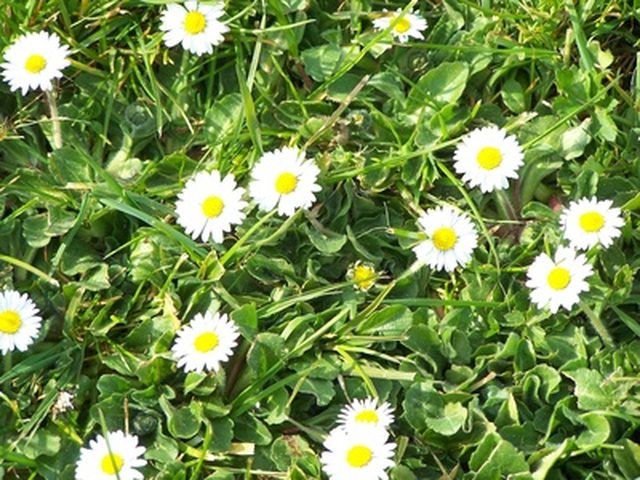Bulbs
Flower Basics
Flower Beds & Specialty Gardens
Flower Garden
Garden Furniture
Garden Gnomes
Garden Seeds
Garden Sheds
Garden Statues
Garden Tools & Supplies
Gardening Basics
Green & Organic
Groundcovers & Vines
Growing Annuals
Growing Basil
Growing Beans
Growing Berries
Growing Blueberries
Growing Cactus
Growing Corn
Growing Cotton
Growing Edibles
Growing Flowers
Growing Garlic
Growing Grapes
Growing Grass
Growing Herbs
Growing Jasmine
Growing Mint
Growing Mushrooms
Orchids
Growing Peanuts
Growing Perennials
Growing Plants
Growing Rosemary
Growing Roses
Growing Strawberries
Growing Sunflowers
Growing Thyme
Growing Tomatoes
Growing Tulips
Growing Vegetables
Herb Basics
Herb Garden
Indoor Growing
Landscaping Basics
Landscaping Patios
Landscaping Plants
Landscaping Shrubs
Landscaping Trees
Landscaping Walks & Pathways
Lawn Basics
Lawn Maintenance
Lawn Mowers
Lawn Ornaments
Lawn Planting
Lawn Tools
Outdoor Growing
Overall Landscape Planning
Pests, Weeds & Problems
Plant Basics
Rock Garden
Rose Garden
Shrubs
Soil
Specialty Gardens
Trees
Vegetable Garden
Yard Maintenance
Perennial Flower Leaf Identification
Perennial Flower Leaf Identification. Perennial flowers are those which, once planted, return and bloom every year thereafter. These flowers can be hard to identify in the early spring before they bloom when only their foliage is present as an identification tool. Knowing how to pick out a few of the most common perennial flowers by their leaves...

Perennial flowers are those which, once planted, return and bloom every year thereafter. These flowers can be hard to identify in the early spring before they bloom when only their foliage is present as an identification tool. Knowing how to pick out a few of the most common perennial flowers by their leaves can be very helpful when adding to a summer flower bed in the early spring.
Day Lily
Day lily foliage ranges from blue-green to yellow-green. The individual leaves are long slender blades, shaped similar to the foliage on corn. These leaves typically grow in large bunches, and can grow up to 3 feet in length. Shorter leaves often stand perfectly erect, while longer leaves will fold over to create an arch. Foliage typically dies back completely during the winter months and reemerges in the spring.
Bearded Iris
Iris foliage emerges from the soil very early in the spring, long before the flower blooms. As they emerge from the ground, leaves will appear to overlap at their base, like blades on an oriental fan. The leaves are flat and rigid with sharp pointed tips. Depending on both variety and maturity, foliage may reach 36 inches in length. Healthy foliage is a bright shade of medium green.
Bleeding Heart
As the foliage of a bleeding heart first emerges from the ground it will be the same color that blooms will be later. That is to say that the emergent foliage on a plant that blooms pink, will be pink. As the foliage matures it will change to a soft blue-green color. Leaves are divided and appear on multiple stems, giving the plant a bush-like structure. Foliage is poisonous and may cause skin irritation if handled. These plants bloom in the spring and go dormant, losing both flowers and leaves, when temperatures get too high.
Butterfly Weed
Butterfly leaf foliage is slow to emerge in late spring. It is best to mark the location of the butterfly weeds at the time of planting to prevent accidental damage. Leaves are a dark green color and do not change color when entering dormancy in the fall. Foliage can reach 6 inches in length and is describes as "whorled" because of the curve to individual leaves. Leaves grow alternately from the plant's stem, from which has a harry texture.
Shasta Daisy
Daisies range in height from 10 to 36 inches depending on variety. Their foliage is generally a deep green. The individual leaves have jagged edges and a smooth surface. They are long and thin, reaching a maximum length of approximately 3 inches. Leaves grow alternately on the plant stem. In some regions, daisy foliage is considered evergreen.